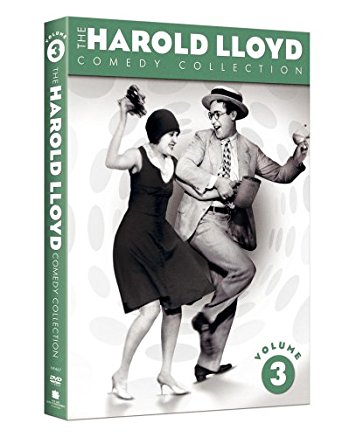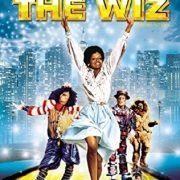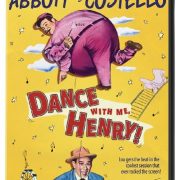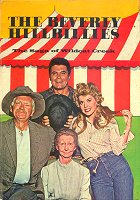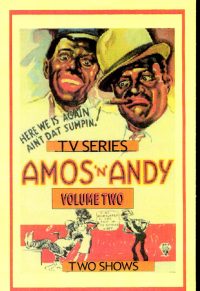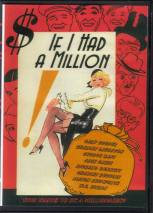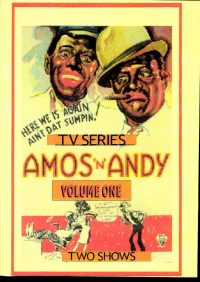Harold Lloyd Comedy Collection Vol. 3
$24.95
1 in stock
he third volume in the Harold Lloyd Comedy Collection is close to the standard of excellence set by the first two installments of this essential series. Actually, Lloyd’s 1928 Speedy,
his last silent picture, would justify this two-disc set by itself. The
film packs as many great gags per minute as any Lloyd film, and it also
has one of his sweetest love stories (a courtship scene in the back of a
moving van, with Harold rearranging the furniture to approximate a cozy
living room). But the film is also notable for its extensive location
shooting in New York City. There’s a sequence involving Babe Ruth (as
himself) in the back of Harold’s speeding taxi, and the filmmakers also
captured one of the Bambino’s record-setting 60 home runs from the 1927
campaign. The sequences shot at Coney Island, with some wonderfully
hair-raising (and understandably obsolete) rides is gorgeous and
historically valuable. Meanwhile, check out the stunning horse-drawn
streetcar accident caught on film, and then listen to the commentary for
an explanation of how it happened and was incorporated into the
storyline.
Hot Water (1924) also goes into the time
capsule of great Lloyd features, even if it feels like a handful of
shorter films shoehorned together. This one gets its charm from the
basic domestic situation (Harold takes the family out for a spin in the
new car, faces down his meddling mother-in-law). It turns to
haunted-house jokes toward the end, which gives Lloyd a chance to do his
electric-hair bit, a familiar gag from his films. Like Hot Water, For Heaven’s Sake
(1926) is an hour long; this funny one casts Lloyd as a rich twit who
takes up with a girl whose father runs a homeless mission. It has a
great love scene in a slum (the moon in the background turns out to be a
neon sign) and another hair-raising chase. Just how did they get the
shot of Lloyd on a speeding bus heading through an intersection with two
trains crossing?
There’s one talking picture, Movie Crazy
(1932), a somewhat routine film from Lloyd’s increasingly unsuccessful
stint in talkies. He plays a young rube who arrives in Hollywood certain
he’ll be the next "new face." The silent shorts, of which there are
many here, are better. Check out Haunted Spooks from 1920, which
has its share of good jokes but which is also fascinating for its place
in Lloyd’s career. He suffered an off-set accident midway through
shooting, costing him the thumb and forefinger of his right hand; after a
hiatus, he completed shooting with a prosthetic glove (which he used in
films thereafter). A heartfelt 15-minute documentary on Lloyd’s
palatial L.A. estate, Greenacres, uses copious home-movie footage to show the marvelous place and give a hint of Lloyd’s homey, likable personality.
| Weight | 0.77 lbs |
|---|
Related Products
Comedy
Comedy
Comedy

